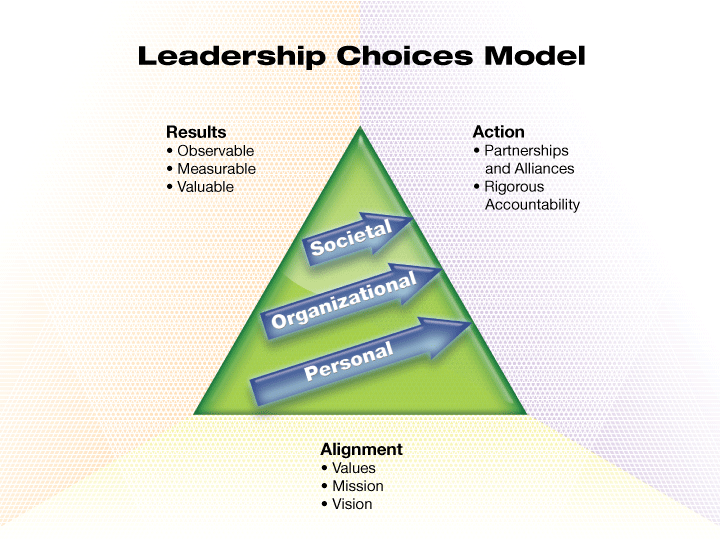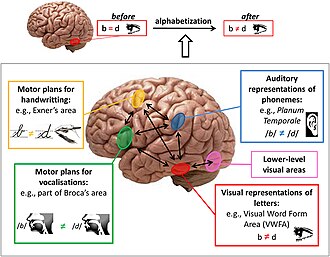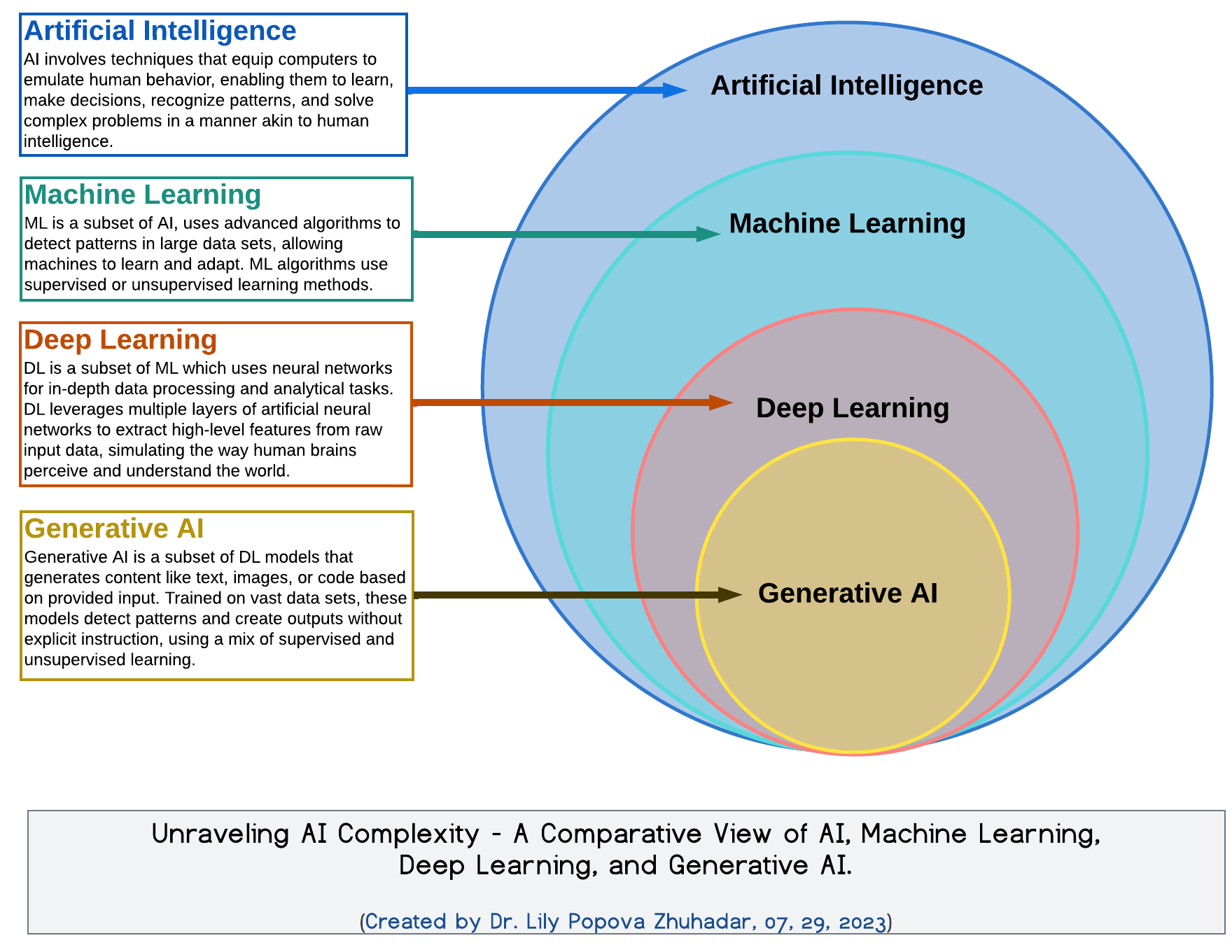In the busy world of business, personalized learning paths are changing how companies help their employees grow. Companies with strong learning cultures are 92% more likely to innovate. That's pretty impressive, right? Let's talk about how to create these learning paths that can really help your team grow and stay engaged. We'll look at the basics of personalized learning and how new technology can help. This guide will give you the tools you need to support your team. Whether you're an experienced HR pro or a curious manager, you'll find ways to match personal goals with your company's needs. So, let's see how personalized learning paths can help your company succeed!
Understanding Personalized Learning Paths for Employee Development
Defining Personalized Learning Paths
Personalized learning paths are like custom roadmaps for each employee's growth journey. They take into account individual skills, experiences, and preferences. These paths aren't set in stone; they adapt as employees grow, responding to new goals, feedback, and needs.
The process begins with detailed learner profiles that note:
- Skills
- Knowledge gaps
- Learning styles
- Career goals
- Performance data
- Interests
The content—think videos, articles, simulations, workshops—is handpicked to fill skill gaps and achieve personal goals. As employees evolve, so do these paths, ensuring the information stays relevant and useful. This way, learning remains engaging and flexible, helping employees master new skills and grow.

Importance of Personalized Learning in Employee Development
Personalized learning paths make learning stick and help skills grow by keeping it relevant and engaging. They allow employees to focus on the skills they need most, reducing time spent on areas they have already mastered.
Tailored learning keeps employees interested and motivated because it aligns with their roles and career goals. These paths enhance job performance by providing employees with the right skills and knowledge. Advanced Learning Management Systems (LMS) facilitate the delivery of this personalized learning, supporting ongoing skill-building and career growth.

For further reading, check out these resources:
Step-by-Step Guide to Creating Personalized Learning Paths
Identify Learner Objectives and Goals
Define Learning Objectives for Personalized Learning Paths
To create effective personalized learning paths, start by understanding what the learner wants to achieve. These paths act as custom roadmaps, guiding learners through activities and content suited to their skills, job roles, and career dreams. This way, learning feels relevant and connected to real goals, such as picking up a new skill, earning a certification, or advancing in their job. When learners see how their training ties into their roles and ambitions, they're more likely to stay engaged and motivated.
Understand Learner's Desired Achievements
Beyond setting learning objectives, it's crucial to know what success looks like for the learner. This involves exploring their aspirations and what they hope to gain from the learning journey. Maybe they want to improve their job performance or gain recognition in their field. Aligning the learning path with these goals makes the experience more meaningful and driven, providing learners with a clear sense of purpose and satisfaction.
Assess Learner’s Strengths, Weaknesses, and Interests
Conduct Assessments for Personalized Learning Path Development
A significant aspect of personalizing learning is determining where the learner stands right now. Regular assessments help identify strengths and areas needing improvement, allowing the learning path to adjust dynamically. AI-powered tools can be particularly useful here, analyzing data to suggest content that addresses weaknesses while building on strengths, thereby making the learning journey more effective.
Identify Interests to Enhance Personalized Learning Engagement
Tapping into what learners are interested in can significantly boost their motivation. Discovering which topics or activities excite them can make learning more enjoyable and relevant. For instance, if someone loves tech, incorporating tech-related projects into their learning can spark greater enthusiasm, transforming learning from a mere task into something they eagerly anticipate.
Create a Skills Matrix or Competency Framework
Map Skills for Personalized Learning Path Success
Building a skills matrix or competency framework is a strategic way to compare the skills a learner needs with what they already possess. List out the skills and rate where the learner stands. This helps identify gaps and prioritize what to learn first, providing both the learner and educator with a clear view of the path ahead.
Pinpoint Gaps for Personalized Learning Focus
After mapping skills, it's important to identify the gaps between current abilities and what’s needed to reach goals. Focusing on skills rather than job titles makes learning paths more precise. Prioritizing these gaps ensures the most critical skills are tackled first, setting the learner up for success.
Select and Organize Learning Resources and Content
Choose Tailored Materials for Personalized Learning
Selecting the right learning materials is crucial. Tailored resources keep learners engaged and help them acquire skills faster. This might include online courses, books, videos, or workshops that align with the learning objectives and skill gaps. Considering a learner's preferred learning style—be it visual, auditory, or hands-on—makes the path more engaging.
Group Courses for Effective Personalized Learning
Organizing learning into courses or modules that build on each other helps learners master skills step-by-step. Structure these in a logical order so learners can gradually work towards their goals. Incorporating microlearning allows learners to tackle small, focused modules at their own pace, fitting naturally into their personalized paths.
Design the Learning Pathway Structure
Sequence Activities for Personalized Learning Flexibility
Designing a learning path that allows for flexible pacing is key. This enables learners to move at their own speed, spending more time on challenging topics or breezing through familiar ones. Including various instructional methods caters to different learning styles, making the experience more inclusive.
Incorporate Diverse Methods for Personalized Learning
Using a mix of teaching methods enhances learning effectiveness. This could involve lectures, discussions, hands-on projects, and more. Adaptive pathways adjust based on learner progress, improving outcomes. Mixing strategies keeps the learning path dynamic and suited to diverse needs.
Set Benchmarks and Milestones
Define Benchmarks for Personalized Learning Progress
Setting clear benchmarks and milestones helps track learner progress. These markers provide a sense of achievement. Feedback and adjustments based on performance keep learners on track and engaged.

Provide Feedback for Personalized Learning Improvement
Regular feedback is vital for maintaining learner engagement and path effectiveness. Feedback should highlight strengths and suggest improvements. Use this to tweak the learning path, ensuring it remains relevant and effective in helping learners reach their goals.
Implement Technology to Support Personalization
Utilize Digital Platforms for Personalized Learning
Leveraging digital platforms enhances personalized learning. These platforms offer features like personalized dashboards and progress tracking, supporting individualized experiences. Technology aids engagement and skill development through real-time feedback and adaptive learning.
Facilitate Engagement in Personalized Learning Paths
Tech tools that boost engagement and skill development are essential for effective learning paths. AI tools pinpoint weak spots and offer extra resources, making learning smarter and more efficient. Integrating technology makes learning more interactive and stimulating.
Involve Learners in the Planning Process
Engage Learners in Personalized Learning Path Planning
Involving learners in planning their learning path increases ownership and motivation. When learners set their own goals and choose resources, the path aligns better with their interests and career goals. This involvement fosters responsibility and commitment, as learners are more likely to stick with a path they've helped create.
Monitor Progress and Provide Ongoing Support
Track Progress in Personalized Learning Paths
Monitor learners' progress and adjust the path as needed to meet their evolving needs. Tracking progress allows for timely tweaks to the learning path. Use data from assessments and feedback to see how learners are advancing and be ready to make changes as needed.
Provide Support through Personalized Learning Coaching
Offering support through coaching and mentoring helps learners navigate their personalized paths. Coaches provide guidance and motivation, helping learners overcome challenges. Regular check-ins, combined with analytics, enhance the learning experience and contribute to success.
Evaluate and Refine the Learning Path
Evaluate Personalized Learning Path Effectiveness
Evaluating the learning path's effectiveness by examining outcomes and gathering feedback ensures continuous improvement. Check if learning objectives are met and if learners have achieved their goals. Collect feedback to see what worked and what needs tweaking.
Refine Personalized Learning Paths for Improvement
Use evaluation insights to refine the learning path for future improvement. Updating the path based on data keeps it relevant and aligned with goals. Identify areas for enhancement and make necessary changes to keep the learning path effective and adaptive.
Step 1: Assessing Employee Needs
Start by assessing employee needs to create personalized learning paths. Understand the skills and competencies needed for various roles and identify gaps. Use surveys, interviews, or focus groups to gather insights into employees’ skills, aspirations, and learning preferences. This assessment lays the groundwork for developing paths that align with both organizational and individual development needs.
Step 2: Designing Learning Journeys
Design learning journeys tailored to employee needs and goals. Use assessment data to create structured pathways guiding employees through skill and competency development. Include various learning methods to cater to different styles and preferences. Ensure each journey aligns with individual career goals and organizational objectives, providing a clear path for growth.
Step 3: Implementing Technology
Use technology to support personalized learning paths. Learning management systems and online platforms provide access to resources and track progress. Technology also facilitates communication and collaboration, enabling engagement with peers and instructors. This enhances the efficiency and effectiveness of learning paths, making it easier for employees to reach their goals.
Step 4: Scaling and Adapting Learning Paths
As the organization grows, scale and adapt learning paths to meet changing workforce needs. Regularly review and update content and methods to keep them relevant. Offer a range of learning opportunities to accommodate different roles and skill levels. By continuously adapting paths, organizations provide meaningful learning experiences that support growth.
Step 5: Measuring Outcomes and Adjusting Strategies
Measure the impact of learning paths using key performance indicators like skill acquisition and job performance. Gather employee feedback to identify improvement areas and adjust strategies as needed. By measuring outcomes and refining strategies, organizations ensure learning paths remain aligned with goals and drive development and success.
Enhancing Personalized Learning with Technology
AI and Machine Learning Transforming Personalized Learning Paths
AI and adaptive learning tools are transforming the educational landscape by tailoring learning experiences to individual students. By analyzing factors such as test performance and personal preferences, these technologies create customized learning paths for each student. This approach has been shown to:
- Increase course completion by 30%
- Reduce the time needed to master complex subjects by 40%

By adjusting difficulty levels and teaching methods, AI enhances student engagement, with a notable 67% rise in engagement and a 58% increase in homework completion source. Students benefit from learning at their own pace, which improves academic performance and aids in tackling challenging topics source. Furthermore, AI tools help students learn faster, retain more information, and gain confidence in their abilities source.
Gamification and Mentorship in Personalized Learning Paths
Incorporating gamification elements such as progress bars and badges into learning platforms can significantly enhance motivation by leveraging intrinsic rewards source. Mentorship complements this by providing personalized guidance to address learning gaps through continuous feedback and support source.
The synergy of technology and mentorship fosters:
- Self-directed learning
- Critical thinking skills
- Increased student independence
This combination ensures that learning remains flexible and tailored to individual student needs source. Together, gamification and mentorship have been proven to improve attendance, enhance test scores, and reduce dropout rates source.
FAQs on Personalized Learning Paths
AI-Powered Recommendations for Personalized Learning Paths
AI recommendations tailor learning experiences by analyzing your data to suggest the most suitable modules, quizzes, and projects. This personalized approach means that learning adapts to your progress and preferences, as highlighted by SimpliTrain. AI can identify areas where you struggle and provide additional resources to enhance understanding and retention, as noted by MeraTutor.
Furthermore, AI-driven suggestions accelerate skill acquisition and add value to corporate training by focusing on essential content and eliminating unnecessary material.
Best Practices for Gamification in Personalized Learning
To effectively combine gamification with personalized learning, integrate game elements with educational objectives to boost engagement and motivation. Real-time feedback and assessments can be gamified, offering instant rewards and tracking progress, making learning more interactive, as suggested by SimpliTrain.

Additionally, incorporating challenges and badges in small learning modules encourages learners to complete them at their own pace.
Mentorship and Peer Learning in Personalized Employee Development
Mentorship and peer learning enhance personalized employee development by providing tailored guidance, sharing experiences, and supporting formal learning paths. As TechFunnel explains, personalized paths consider individual skills, experiences, and preferences. Mentorship adapts coaching to meet each person's needs and goals. Peer learning fosters a culture of continuous learning, promoting teamwork, knowledge sharing, and self-advocacy, which increases engagement and retention, as noted by Hurix.